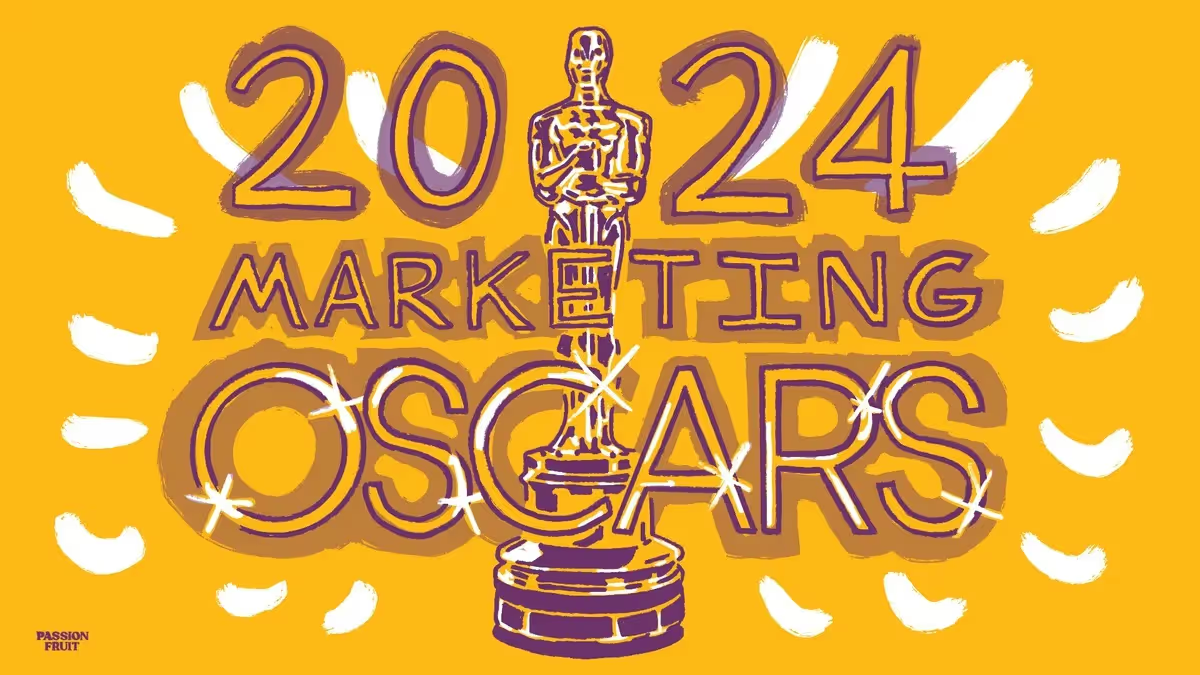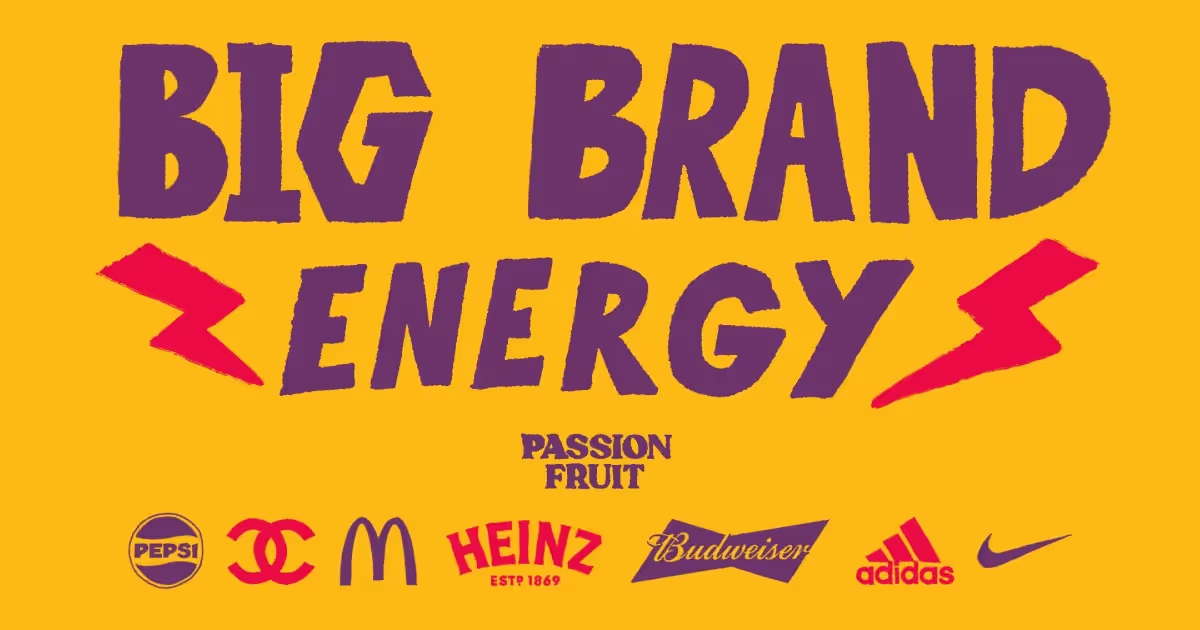Cristiano Ronaldo’s now infamous Coca-Cola moment, in which his snub allegedly wiped $4bn from the company’s share price, dominated last week’s headlines. But, in truth, a 1.6% fall in a major stock is hardly newsworthy; especially when there are a multitude of other factors which might have caused this small dip. Much like IKEA, it’s important that we don’t take it too seriously.

What does deserve our attention, though, is the possibility of Cristiano being the figurehead for a growing group of younger consumers that are serious about rejecting food and drink that is bad for you and for the planet.
It’s been noted elsewhere that back in 2006, Ronaldo had no issue with Coca Cola. In fact, he was happy to endorse it.

Over the last 15 years, he has gone from advocate to critic. Why? Put simply, emerging generations now care more about their health than any generation before them. Of course Ronaldo - arguably the world’s most health-obsessed athlete - is an atypical data point. Nonetheless his stance echoes a generation who, according to a data report by Joe Venarre at Fitt, largely believe that sugar is no longer part of a balanced diet, that is cutting down on meat consumption and that is increasingly willing to pay a premium for healthier products. All these trends will only be exacerbated by COVID - with surveys already showing that over half of Gen Z and Millennial citizens plan to spend even more time exercising in the wake of the pandemic.
It’s easy to forget that nothing lasts forever. Seemingly dominant brands do lose their value, and Coca Cola’s once unassailable perception among consumers has been on the decline for a number of years.
For those that doubt the relationship between brand value and bottom line results, you can start to see the effects play out in official company data.

While this is no evidence of causation, we can hypothesize that some of this decline is due to a fall in popularity among Gen Z and Millennial customers. What we do know for certain is that, as of 2018, Coca Cola was least successful with customers under 30.

The company is all too aware of this existential vulnerability. One line from Coca-Cola’s most recent annual report, discussing the primary threats to the long term success of the business, stands out:
“The success of our innovation activities in turn depends on our ability to correctly anticipate customer and consumer acceptance and trends. [...] If we are not successful in our innovation activities, we may not be able to achieve our growth objectives, which may have a negative impact on our financial results.”
While Coca Cola has to work backwards to accommodate this new wave of customers, startups can embed this generational shift in preferences into their DNA.
Many will know good-for-you cereal brand Magic Spoon, chickpea pasta group Banza and sugar-free soft drinks company Ugly Drinks, who have already emerged as big beasts in the space. Less known, on the horizon and still in their infancy, are an emerging set of F+B contenders that approach their category with an eye for attracting the next generation of consumers.
Let’s break down their marketing efforts one by one:
Haus
Product: All-natural ingredient apéritifs
Funding: $4.5m (Seed)
Founders: Helena Price Hambrecht and Woody Hambrecht
Nitasha Ranganath is running a tight marketing ship at HAUS. The art direction across the imagery ties in seamlessly with the font, which is used well as a versatile cue across all the different brand assets.

Initially we were surprised to see the lack of a TikTok account - especially when they’re putting money into influencer unboxing - but if that resource is being used to make its Instagram as good as it is, then we can get behind that social strategy. Their Spotify playlists are a nice touch, and I wonder if there’s scope to flesh this out into a media platform with recipes, opinion pieces and deeper collaborations than the ones we see on their Facebook page.
Content marketing like this will be essential to long term success because it will allow Haus to build on their already-encouraging organic share of search. The moment you see the likes of Fast Company run articles that feature you and half a dozen competitors, it’s your cue to be brave and wean yourself off performance marketing. In a category where Shopify is going to enable thousands upon thousands of new entrants every year, defaulting to paid ads as your growth engine will by definition become increasingly expensive, and your unit economics less favourable.
From a thematic point of view, I’d love if their content let us in further “behind the bottle”. Snapshots of their all natural ingredients leave me fascinated to learn more about the process and it makes me wonder whether - in a post-pandemic world - there’s a noisy consumer-led activation that takes from the distillery and vineyard tours that are so popular in the world of beer and wine.
There’s no reason why Haus can’t grow into the leading player in the apéritif space, but to do so it’s now time to expand their marketing mix into content. Given Nitasha’s impressive experience at Casper and Stitch Fix, we have every confidence they’ll make it happen.
Hot or not: 🌶🌶🌶
Omsom
Product: Proud, loud Asian flavors and starter kits for home cooking
Funding: $2m (Seed)
Founders: Kim Pham and Vanessa Pham
The Pham sisters, with the help of Emily Chan and the team at Outline, have created a masterful brand identity. In fact, we challenge you to find any new DTC brand as distinctive as OMSOM.

Yes, we at Passionfruit are biased towards bright, bold colours, but this is exactly the playbook that every modern startup should follow. As Nicole Quinn, investor in Calm, Cameo, Goop and more, has noted: “Great brands don’t sell a product, they sell a feeling.”
Coming out the gates with a look that makes prospective customers feel intrigued to try your product is the most straightforward hack out there. At the early stage, you might see this investment in a quality brand as a cost, but it’s the opposite.
Imagine that Omsom is packaged in a mundane colour scheme with a standardised font, and suddenly it’s lost a large part of its appeal. Every point along its funnel would see a decrease in conversion. Fewer people would notice it, fewer people would consider buying it, and certainly fewer people would follow through with their purchase.
Creating a brand identity as good as Omsom’s - which need not cost more than $3000-5000 - will instantly generate measurable ROI, as every touch point converts that much better.
Their marketing excellence extends across all major pillars: with socials firing hot hot hot, and a content marketing juggernaut supercharged by strategic partnerships with tastemakers like Pepper Teigen. Our proprietary analysis via Screaming Frog shows some room for SEO improvement - but that will be made easier through the high-authority links gained through their on-point PR game, with features in Vogue, WSJ and on The Today Show. Again, strong brand identity based on solid brand strategy returns your investment here because journalists will be more excited to cover something which looks and feels exciting and that’s in line with the story you can tell.
Vanessa has explained that:
“The name is rooted in the Vietnamese phrase “om sòm,”which translates to noisy, rambunctious, riotous. “Omsom actually has a negative connotation,” Vanessa explains. “My parents would use it when we were causing a ruckus. So we want to reclaim the word and turn it on its head.”
If they continue like this, don’t be surprised if they reclaim that word and turn it into America’s leading brand for showcasing the changing DNA of the country through cooking.
Hot or not: 🌶🌶🌶🌶🌶
Aura Bora
Product: Craft sparkling water that features herbs, fruits, and flowers.
Funding: $2m (Seed)
Founders: Madeleine Voge and Paul Voge
With their $2m seed round dropping into the bank just a few weeks ago, we find Aura Bora at a unique time in their journey.
If they’re looking for a blueprint for the future, you can’t talk about successful canned water brands without talking about Liquid Death. If you haven’t heard of them, they’ll be pleased to hear it: their success has been built off the back of a core group of superfans that are tribally engaged with LD’s mission to “murder your thirst”. Some customers are so dedicated that they are getting tattoos in exchange for the company’s promise of free product. Now at Series C funding with $50m in the bank, they’ve struck a nationwide distribution deal with LiveNation to be the exclusive water provider at all live events.
Of course, there are many paths forward for Aura Bora - but, in B2C, every road that leads to Rome involves some group of people that love your product to an irrational extent. Look at how Eight Sleep are cultivating a consumer group that obsesses over the science of sleep, or how Allbirds doubled down on their popularity in Silicon Valley.
All credit to the Voge clan, because it’s refreshing to find a brand so well oriented this early on. You can feel the earnest passion of their founding story still reverberating through - they created the very first batch of herbal sparkling water in their kitchen with peppermint oil, crushed basil leaves, dried lavender and rose petals, and a home carbonator - and there are the seeds of something truly great in their “DRINK WEIRD WATER” strapline, along with the content populating their social media channels. The opportunity now is taking the energy they’ve got going and maintaining it as they scale.
The good news is that Madeleine has deep experience as a creative copywriter, and if they can hold on to her irreverent, playful tone and blow it out across content marketing, including video and audio - the sky's the limit. We are transitioning to a world where every company will need to build a best-in-class in-house media company if they want to win the share of search and share of hype (aka PR) game; check out REI’s move, following a16z and Coinbase. There’s no reason Aura Bora cannot create a presence akin to All Gas No Brakes - the clicks on which would sell a helluva lot of cases of water. The thinking behind their Willy Wonka-inspired “golden ticket” is along the right lines but it works best as the crescendo in a long-tail strategic content plan.
Maybe it’s just because I loved their appearance on SharkTank, but I’m rooting for Aura Bora. There’s something special here.
Hot or not: 🌶🌶🌶🌶
MeliBio
Product: The future of honey. Better for humans. Better for bees.
Funding: $850k (Pre-Seed)
Founders: Aaron M. Schaller and Darko Mandich
Well well well… this is a clean slate. Here we are post-product, but very much pre-brand. Having raised the pre-seed capital needed to get this off the ground, it’s essential that Schaller and Mandich translate their incredible scientific achievement into a customer-facing proposition that makes more sense than their current landing page: “We harness microbiology to reinvent a 9,000 year old craft.”
We’ve written in the past about how to brand a pre-seed start-up and the strategic element of this will be particularly vital; given that they plan to start by focussing on partnerships with food service companies. Establishing a tight positioning and a single overriding communication objective/avoidance that can sit front and centre on a new and improved website will prove essential as they shop their offer around time-poor hotel, restaurant and catering managers. These are B2B buyers that - more than ever post COVID - will want clarity on what this innovation means for their business and its bottom line, not just for the greater good.
Equally important is their use of blogs, video and/or audio to move people through their doubtless lengthy sales funnel - similar to that of Perchpeek’s and Habitual’s. To that end, establishing a clear sense of their initial buyer persona will allow for a content plan that delivers results, rather than mere expense.
Their impressive array of early publicity or “buzz” is with good reason - this is a potentially transformative startup in a category that has remained unchanged for millenia. That said, to succeed as a business, MeliBio has to transform itself into an organisation powered by scientists but marketed by marketers.







